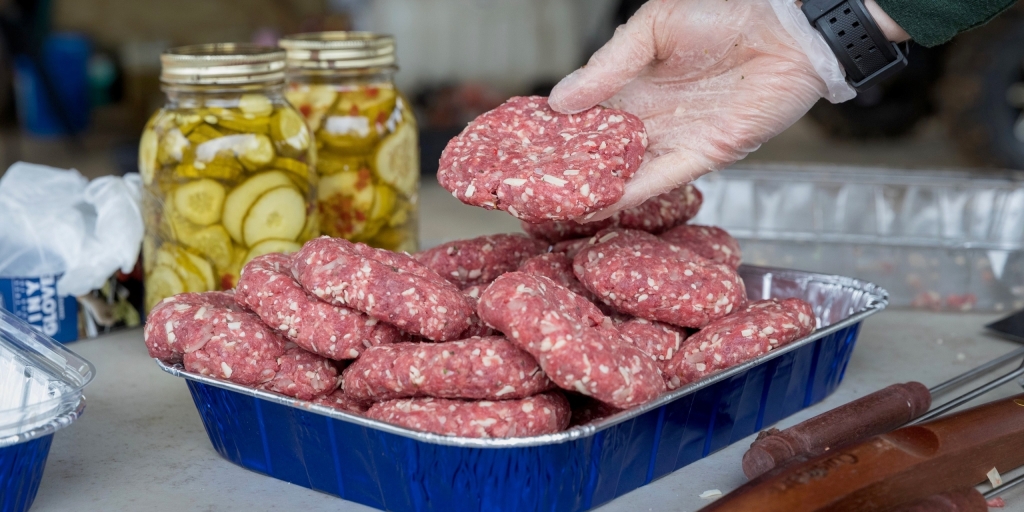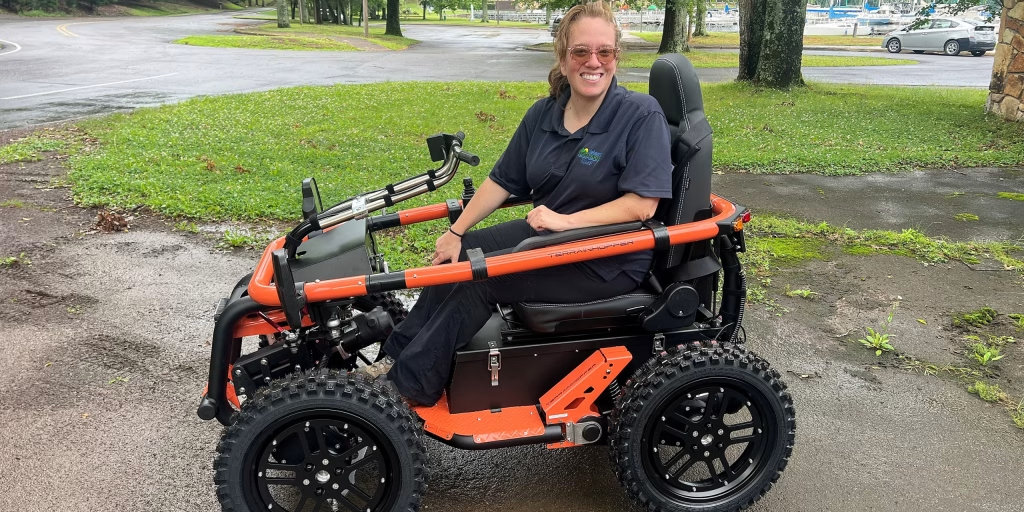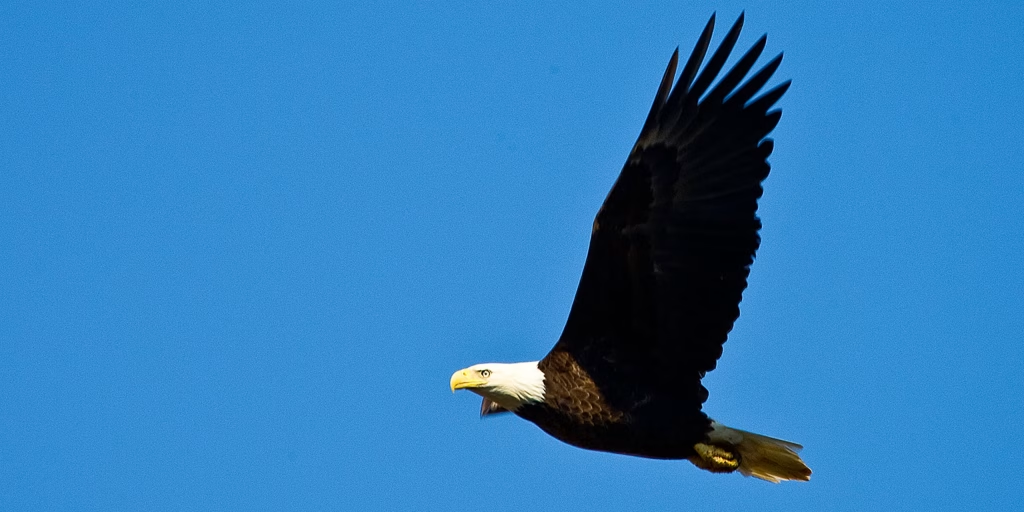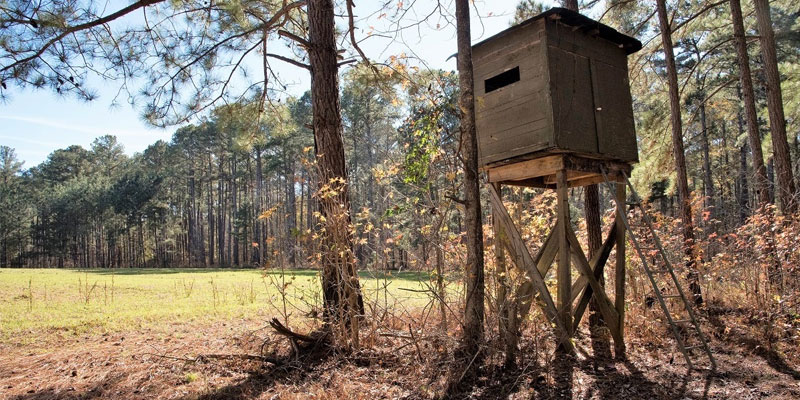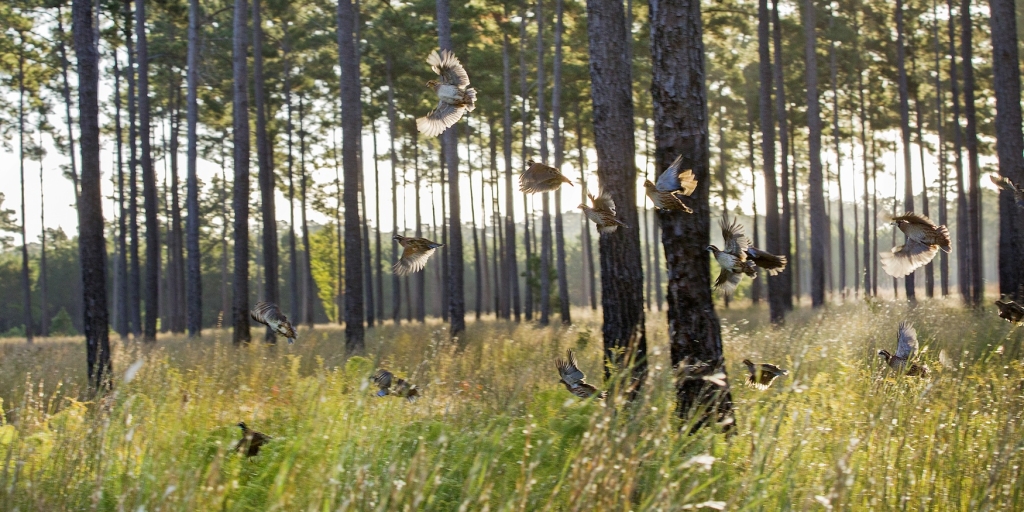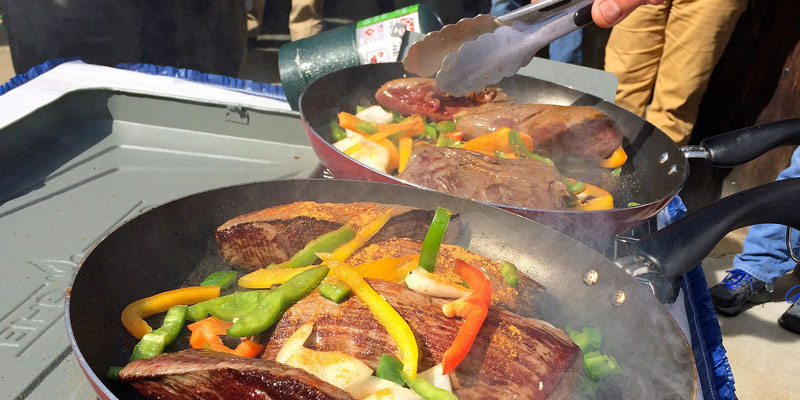
With Alabama in the peak of deer season, freezers are getting full, which means it’s time to prepare some tasty venison.
As a buddy and I were discussing on a trip home from a hunting excursion, venison got a bad rap back in the day because of several reasons. Most deer hunting in the mid-20th century was done in front of a pack of hounds on a hot deer trail. Plus, it was verboten to shoot a doe back then. Hence, bucks replete with rutting hormones or lactic acid from being chased by the hounds, or both, made some of the meat less than palatable.
There was also the practice of hauling a nice deer around in the back of the truck to show all your buddies that contributed to the venison stigma.
That last practice is what really irks Scott Leysath, aka The Sporting Chef, when he hears people complain about the taste of venison. Leysath, who has roots in Grand Bay, Ala., and once produced the “Hunt, Fish and Cook” show out of Huntsville, said the care of the deer carcass right after it is harvested is a crucial step to tasty venison.
“I’ve spent a lot of time in Alabama,” Leysath said. “Despite this recent cold spell, it can be a little warm during deer season. When I see people driving around with deer in the back of their trucks before it has been field-dressed, it makes me cringe. As with any animal, you need to get deer cleaned and cooled as fast as possible. If you ride around with the deer in the back of the truck, it’s not going to encourage it to taste good when it’s cooked.”
The best-case scenario, according to Leysath, is to have access to a walk-in cooler where the skinned deer carcasses can be hung for at least a week. He hangs larger animals for up to two weeks. The failure to properly age the venison can lead to a chewy meal.
“I actually had a buddy of mine from Centre, Ala., call me and say he had done everything I told him to do to prepare the venison,” Leysath said. “He said, ‘I did not overcook the backstrap. It was 130 degrees in the center. I made that balsamic dressing to go with it. But it was really, really, really tough.’
“I asked him when he shot the deer. ‘Yesterday.’ He hadn’t given that meat a chance. It has to go through rigor for 24 hours, and then you have to let it hang or age. If that backstrap had been aged for a week, it would have been a whole different animal.”
Leysath said that venison that is frozen soon after harvest can still benefit from the aging process. If you don’t have access to a walk-in cooler but have room in a refrigerator, you can put the meat on a rack above a pan and let it age. Another option is to use a large ice chest, but don’t put the venison in the ice. Arrange some method to keep the venison elevated above the ice and ensure the temperature inside the ice chest doesn’t get above 40 degrees.
“You’re going to lose some crusty bits that aren’t going to look all that pleasant after a week or two, but the rest of it is going to be a lot more tender,” he said. “After a couple of weeks, the meat will lose about 20 to 25 percent of its weight, but what is left is good stuff. The dry-aging and hanging makes all the difference in the world.”
Leysath also has a pet peeve about trying to mask the flavor of wild game. He has a friend in Alabama who claims snow goose is by far the best-eating goose. His friend cuts the goose breasts into little strips and marinates them in teriyaki for 48 hours. Then cream cheese and jalapeno are added before being wrapped in bacon.
“That’s the universal recipe with wild game,” he said. “You marinate in who knows what, add jalapeno, some kind of cheese and bacon. Then it doesn’t taste like deer, duck or snow goose. What’s the point of that?”
Leysath said during his travels he has noticed that cooks in some parts of the country are predisposed to overcooking and are convinced wild game must be done all the way through.
“The biggest challenge I have with a lot of folks is to get them to quit cooking their deer quite so long,” he said.
Leysath gave a venison cooking demonstration at the Southeastern Outdoor Press Association conference last fall, and the venison didn’t stay long in the frying pan before he was slicing it into bite-size pieces.
“I just sort of looked at it, didn’t I,” he said with a laugh. “Had I kept cooking it, it would have been less tender. And that was a muscle from the hind quarter. That wasn’t a backstrap. The key is, before serving, cut it across the grain. If you see long lines running through it, you’re cutting it the wrong way.
“And if the internal temperature is beyond 140 degrees, it starts to get tougher. Some folks can’t get past eating medium-rare venison. If I’m doing a seminar, I’ll cover it up with a dark sauce, and they talk about how tender it is.”
Obviously, Leysath does not apply the medium-rare rule to all venison.
“Sometimes, you want to go low and slow,” he said. “If you’ve got a venison shoulder, leave the bone in. Give it a good rub with olive oil and whatever seasoning you prefer. I’m going to brown it and then braise it in a roasting pan with a can of beer, celery, onion and carrots at a low temp. I’m going to let that moist heat do the work for me. After a few hours, the meat is falling off the bone. I wish deer had more than four legs, because those shanks are some of the best eating when you cook them low and slow.”
When Leysath wants to change skeptics’ minds about the taste of venison, he uses this trusty recipe.
Backstrap and Berries
½ venison backstrap
3 tbsp olive or vegetable oil
¼ cup red wine
¼ cup balsamic vinegar
2 garlic cloves
2 tbsp berry preserves
3 tbsp chilled butter
Salt and pepper to taste
½ cup whole berries
Trim all silverskin off the backstrap and either cut into thick medallions or in chunks that will fit in the frying pan. Sear all sides of the venison in the hot oil and set aside. Add red wine, balsamic vinegar, garlic and berry preserves to pan and reduce by one-third. Add chilled butter. Slice venison across the grain. Pour balsamic-berry sauce over venison and top with your choice of whole berries.
Leysath also suggested a very simple dish of four to five ingredients with an Asian flare.
Sesame Backstrap
½ venison backstrap
¼ cup yellow mustard
½ cup sesame seeds
3 tbsp vegetable oil
¼ cup soy sauce
¼ cup rice vinegar
¼ cup chopped green onions
Optional: couple of shots of sriracha hot sauce
Take backstrap and cut into thick medallions or manageable chunks. Coat in mustard and then roll in sesame seeds (look in Asian section of the grocery store instead of spice aisle). Sear all sides of the venison in hot oil and set aside. Add soy sauce, vinegar and chopped green onions to pan. Reduce by one-third and then pour over sliced venison.
“The key is to not overcook it,” Leysath said. “If all of your venison goes into a slow cooker with a can of cream of mushroom soup, you’re really missing out on a whole lot of venison flavor.”
Of course, many hunters will grind most of their deer, save the backstraps and tenderloins. Leysath has a proven shepherd’s pie recipe that gives cooks an option other than burgers or venison chili.
Venison Shepherd’s Pie
The Filling
2 tbsp vegetable or olive oil
1 cup celery, diced
1 cup onion, diced
1 cup carrot, diced
2 garlic cloves, minced
3 cups ground venison
2 tbsp flour
1 tsp kosher or other coarse salt (or 2/3 tsp table salt)
Pinch or two black pepper
1 tbsp tomato paste
1 cup chicken, beef or game broth
Dash Worcestershire sauce
The Topping
3 large russet potatoes, peeled and quartered
2 teaspoons salt
2 tablespoons butter
¼ cup half and half
Preheat oven to 400 degrees. To prepare filling, heat oil in a large skillet over medium heat. Add celery, onion, carrot and garlic. Sauté for 5 minutes. Add ground venison and cook, stirring often, until evenly browned. Sprinkle flour over and stir to mix evenly. Cook for 2 minutes. Add remaining filling ingredients, stirring to blend and cook for 2 minutes more.
Prepare topping. Place peeled and quartered potatoes in a pot. Cover with at least one inch of water. Add salt and bring to a boil. Cook, uncovered, until tender, about 20 minutes. Drain well, return to pot and whisk in butter and half and half until smooth.
Transfer filling to a lightly greased baking dish. Spread potatoes over the top and place in preheated oven until lightly browned on top and the filling is bubbly hot.
David Rainer is an award-winning writer who has covered Alabama’s great outdoors for 25 years. The former outdoors editor at the Mobile Press-Register, he writes for Outdoor Alabama, the website of the Alabama Department of Conservation and Natural Resources.





